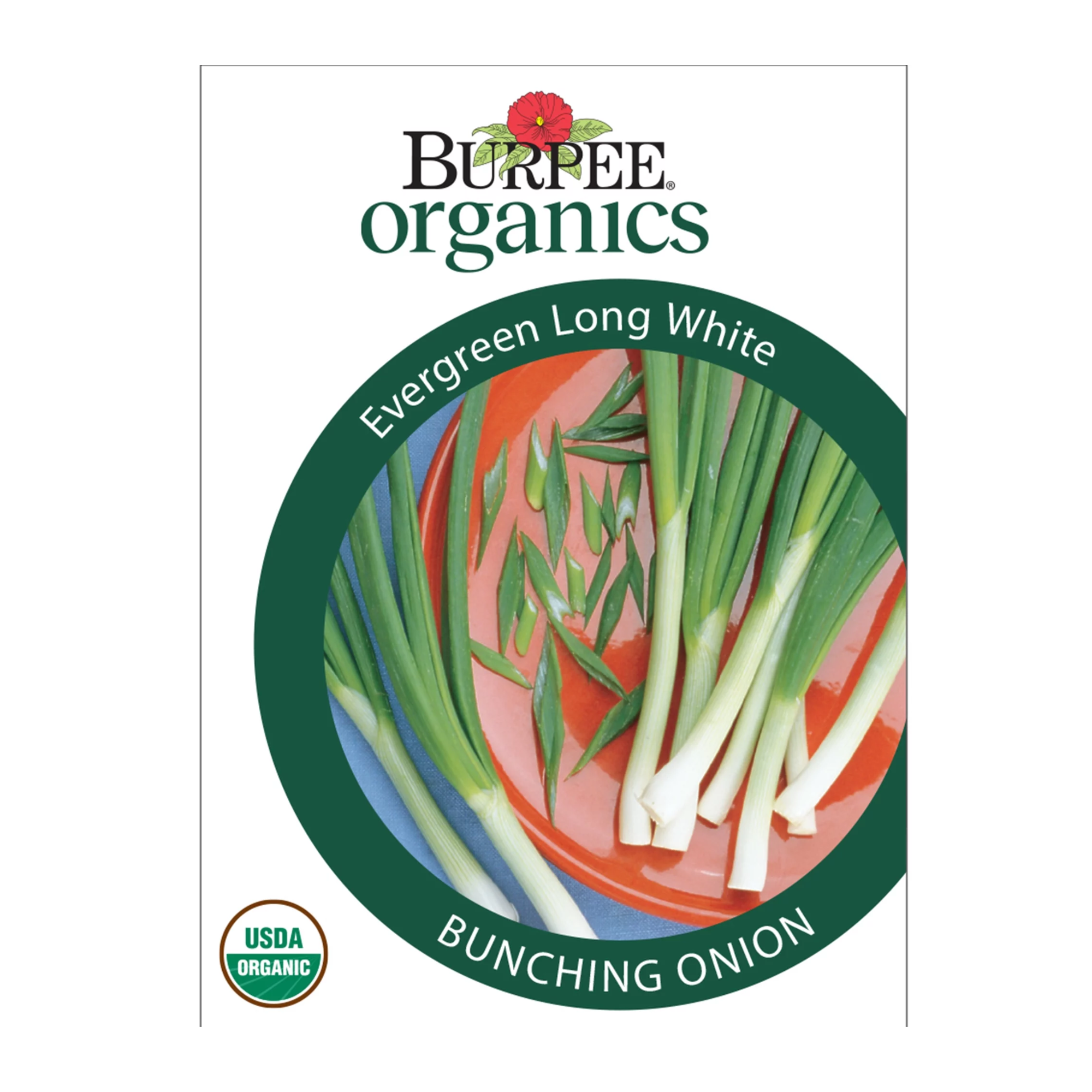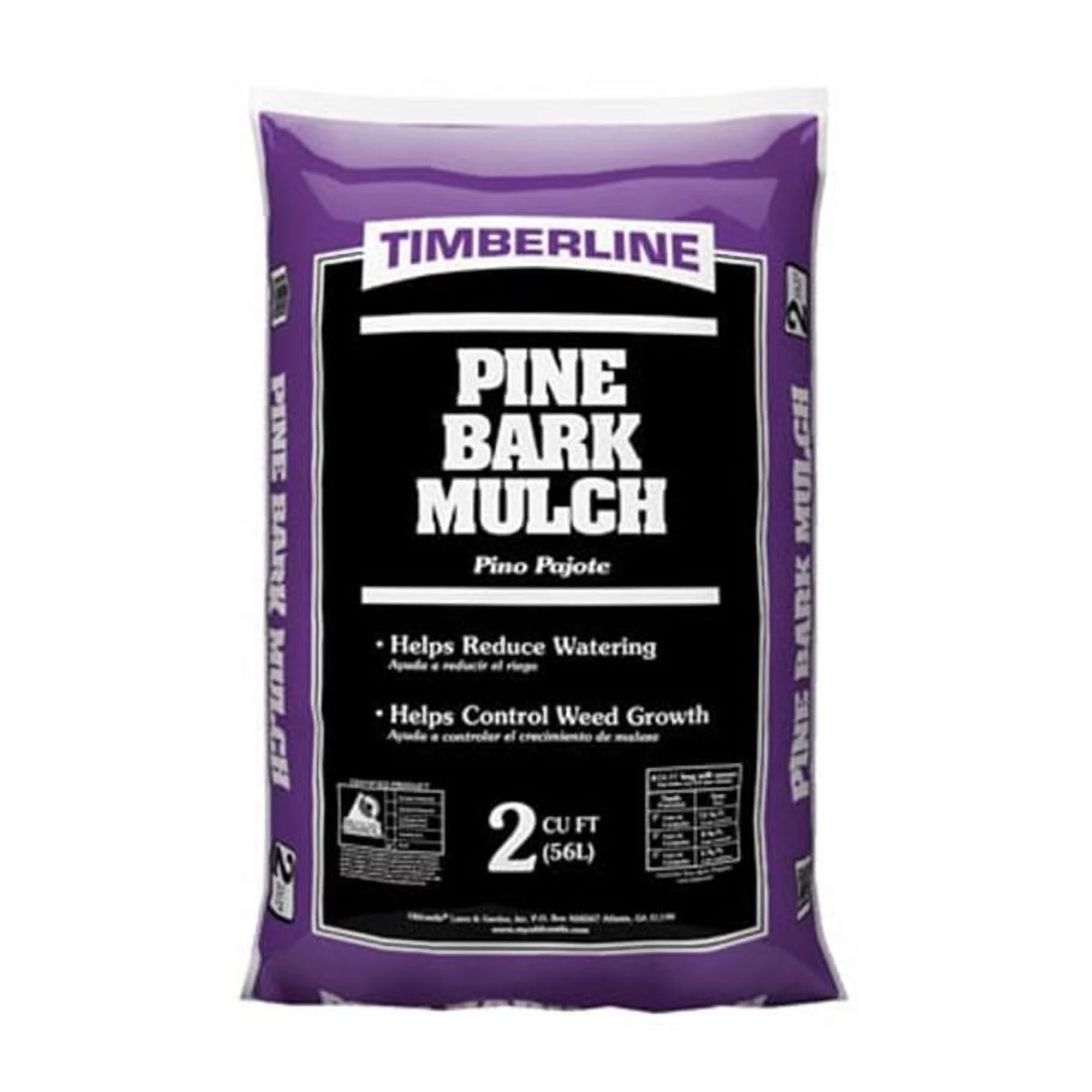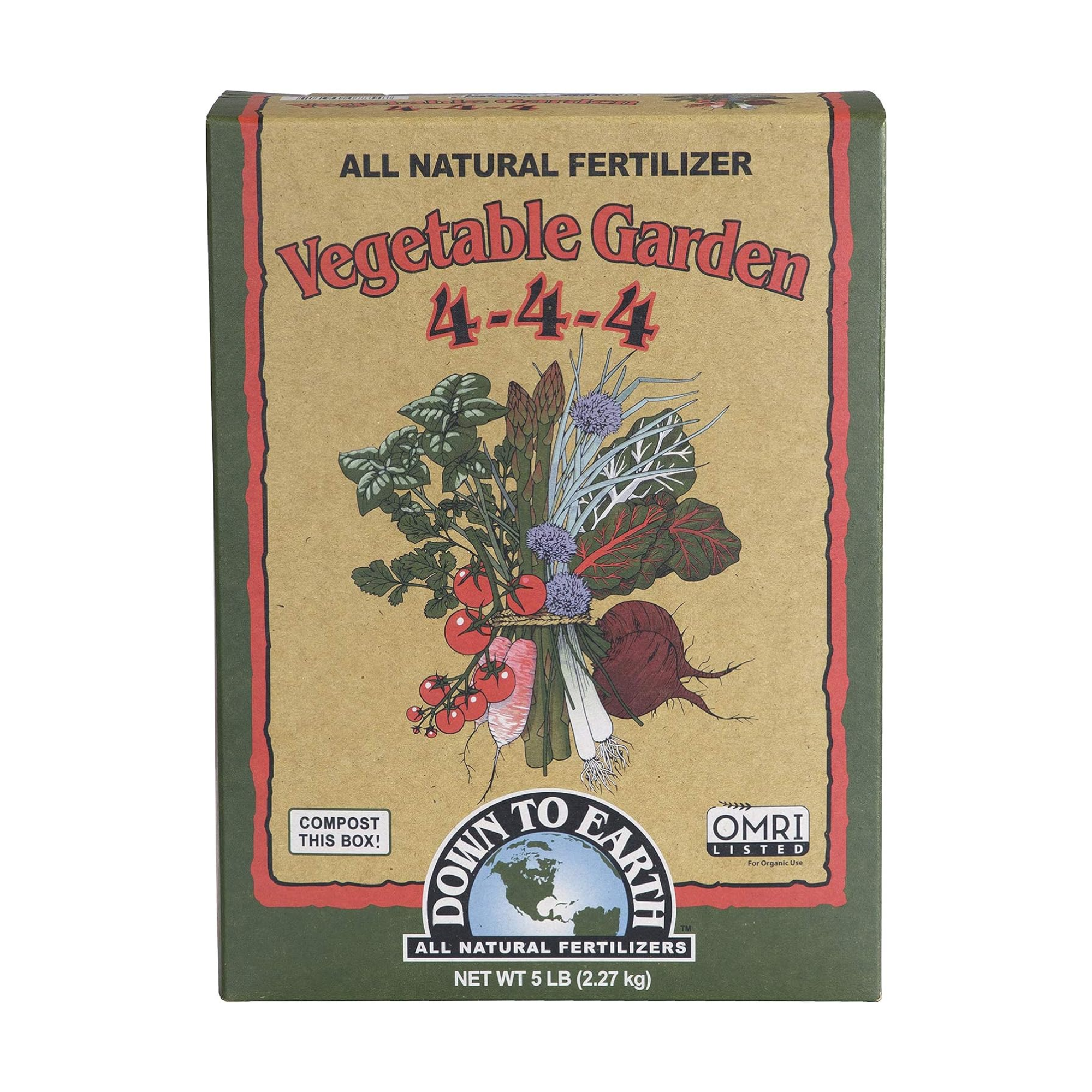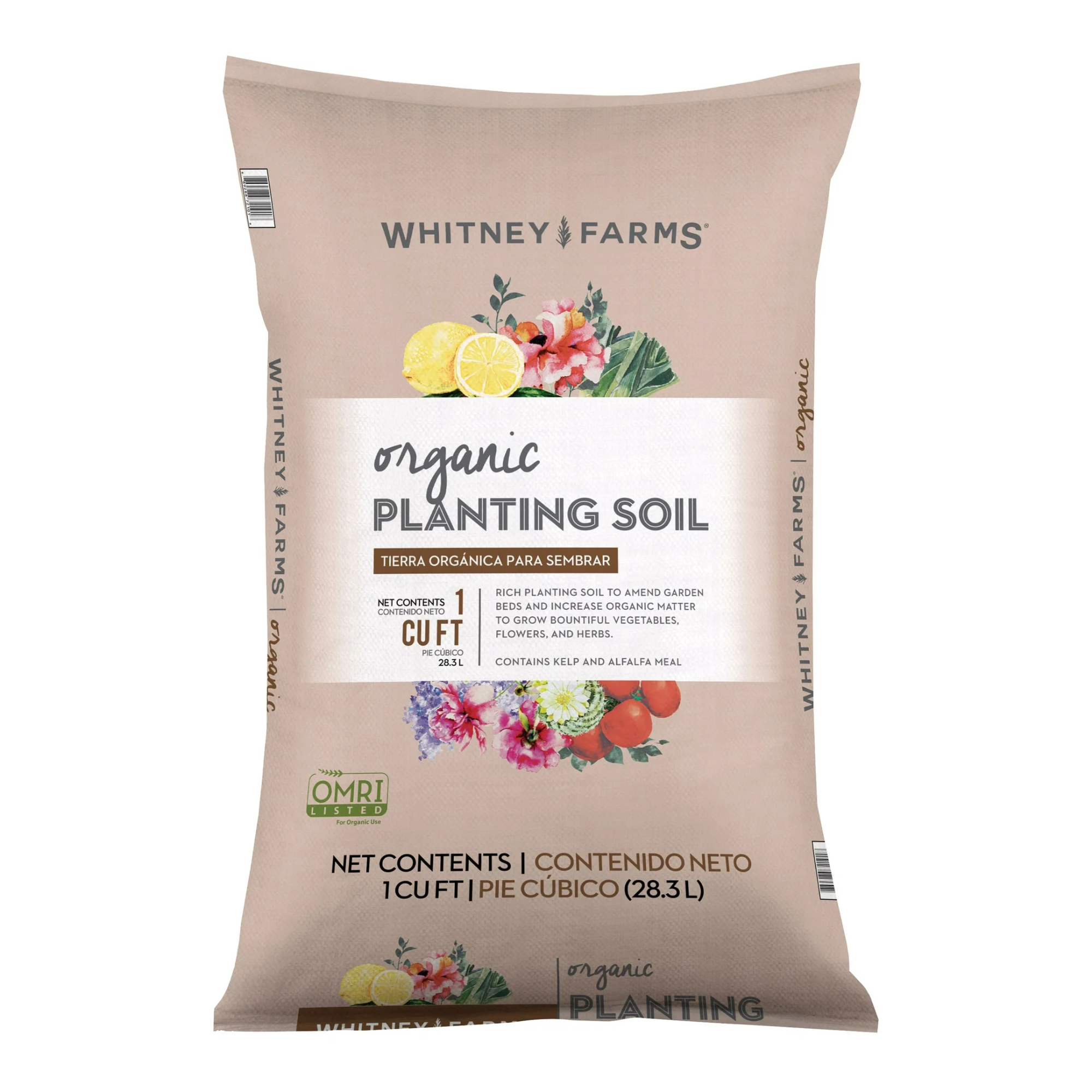David Beckham is Growing This Crop in His Vegetable Beds — And It’s Not Too Late to Plant Them for This Year
These delicious homegrown greens are great in salads or stir-frys, and they're super easy to grow no matter how much outdoor space you have
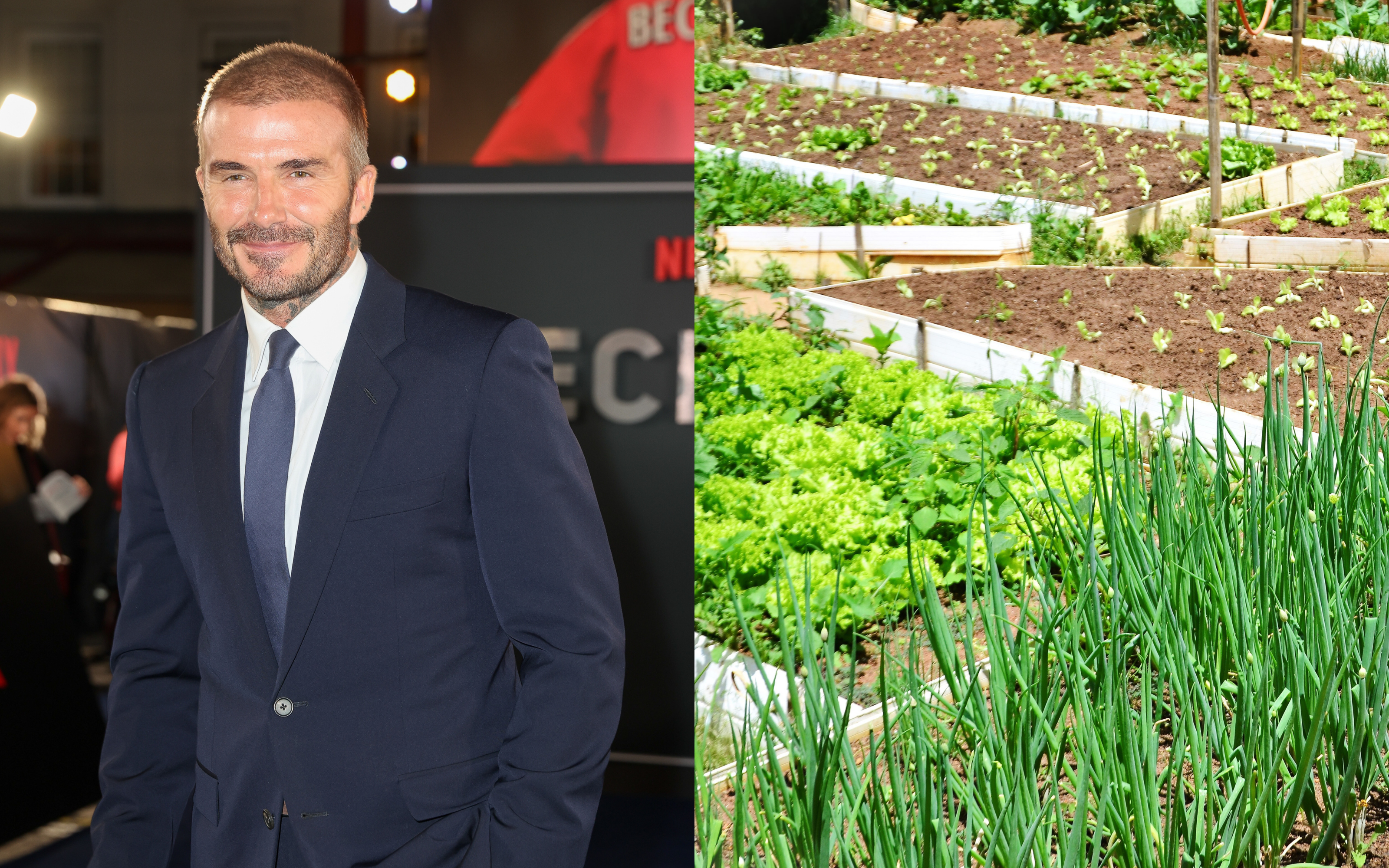

David Beckham is back on his gardening game and the content is free-flowing over on his Instagram. We always keep close tabs to find out what our favorite green-thumbed celebrities are nurturing since we're always on the lookout for the makings of an A-list backyard. Lucky for us, Beckham is giving us a clear guide on what we should be planting for a brilliant summer garden, and this time he's dabbling in edible gardening.
Now, when it comes to the best fruits and vegetables for beginners to grow, they have to be low-maintenance and seasonally appropriate, and it just so happens that Beckham's latest addition to his backyard ticks all our boxes. This easy-grow takes up very little space and it's not too late to plant your own crop, either. Here's how to bring it into your own veggie patch with some tips from the experts.
A post shared by David Beckham (@davidbeckham)
A photo posted by on
How to grow scallions for a Beckham-inspired vegetable garden

The star of David's vegetable patch? Scallions. According to gardening expert Tony O'Neill, they're a great choice, especially for novice gardeners. This is because scallions are relatively easy to grow, have a quick turnaround from planting to harvest, and are versatile in the kitchen.
'They add a fresh, mild onion flavor to a variety of dishes, making them a valuable addition to any modern vegetable garden,' he notes. 'Plus, growing your produce can be incredibly rewarding and encourages a sustainable lifestyle.'
Tony recommends sowing scallion seeds directly into the soil, about 1/4 inch deep and one inch apart. 'It's best to thin seedlings to two to three inches apart once they have sprouted to give them room to grow,' he says. 'And alternatively, you can plant sets (small bulbs) for a quicker harvest.'
Scallions also prefer well-drained, fertile soil with a pH of 6.0-7.0, and it's best to add compost or well-rotted manure to the soil to enhance its fertility and structure. Additionally, Tony suggests planting them in a location that receives at least six to eight hours of sunlight per day, since they require full sun for optimal growth. With proper sunlight, the plant requires regular watering.
'Water deeply once or twice a week, depending on rainfall, to ensure the roots receive adequate moisture,' advises Tony. 'And try mulching to help retain soil moisture and suppress weeds.'
Be The First To Know
The Livingetc newsletters are your inside source for what’s shaping interiors now - and what’s next. Discover trend forecasts, smart style ideas, and curated shopping inspiration that brings design to life. Subscribe today and stay ahead of the curve.
How to care for scallions for a healthy harvest

As with most crops, neglecting your scallions will hinder their growth and you'll have put in all your effort for nothing. Avoid making such vegetable gardening mistakes and instead, give your scallions a little TLC. Besides treating your soil with a layer of mulch, Tony also recommends feeding your scallions with a dose of fertilizer.
'Scallions benefit from a balanced fertilizer applied at planting time and again midway through the growing season,' he says. 'Use either a fertilizer with equal parts nitrogen, phosphorus, and potassium or opt for a slow-release organic fertilizer for best results.'
How do you propagate scallions?
Landscaping and gardening expert Jeremy Yamaguchi also reassures us that scallions are very simple to grow. 'You can even grow them indoors, so they are a great option for apartment dwellers or those who don’t have the space for an outdoor garden,' he notes.
When it comes to propagating scallions, Jeremy explains that it's one of the easiest plants to propagate. 'After pulling out any scallions to eat, cut off the root end and use that to make more scallions,' he explains. 'Simply place it root-down in a jar filled with a little bit of water (leaving the top of the cutting exposed to the air) and then refill the water when necessary.'
Jeremy explains that eventually, the roots will grow more and more, and once they are about four inches long, you should then repot the cutting in soil and repeat the process. You can do this right through the year too, since scallions are a vegetable you can plant in September for winter and early spring harvests.
FAQs
How long do scallions take to grow?
Scallions are fairly quick to grow, which makes them perfect for a quick garden-to-table experience. Tony tells us that scallions are ready to harvest when they reach a pencil-thin diameter, usually about 8-12 weeks after planting. He recommends harvesting them by gently pulling the plants from the soil, taking care not to damage the bulbs.
How do you cut spring onions so they keep growing?
These unassuming vegetables are actually quite nifty and can regrow even after cutting. Try cutting the leaves all the way down to the soil and watch as they regrow from just the base.
How to grow infinite scallions?
Tony tells us that you can practice succession planting by sowing seeds every few weeks to ensure a continuous supply of spring onions throughout the growing season. This will leave you with an endless supply of garnish in the form of this delicious summer veggie.

Amiya is a Home Wellness Writer at Livingetc. She recently graduated with a Masters Degree in Magazine Journalism from City, University of London, and has lent her words to beauty, fashion, and health sections of lifestyle publications including Harper’s Bazaar and Women’s Health. Her experience as a research analyst has equipped her with an eye for emerging trends. When she’s off the clock, she can be found reading, listening to music, or overanalyzing her latest Co-Star update.
-
 My 10 Favorite Designs at Milan Design Week 2025 — Out of the Hundreds of Pieces I Saw
My 10 Favorite Designs at Milan Design Week 2025 — Out of the Hundreds of Pieces I SawThere is a new elegance, color, and shape being shown in Milan this week, and these are the pieces that caught my eye
By Pip Rich
-
 Iridescence Is Chrome’s More Playful, Hard-to-Define Cousin — And You're About to See It Everywhere
Iridescence Is Chrome’s More Playful, Hard-to-Define Cousin — And You're About to See It EverywhereThis kinetic finish signals a broader shift toward surfaces that move, shimmer, and surprise. Here's where to find it now
By Julia Demer

